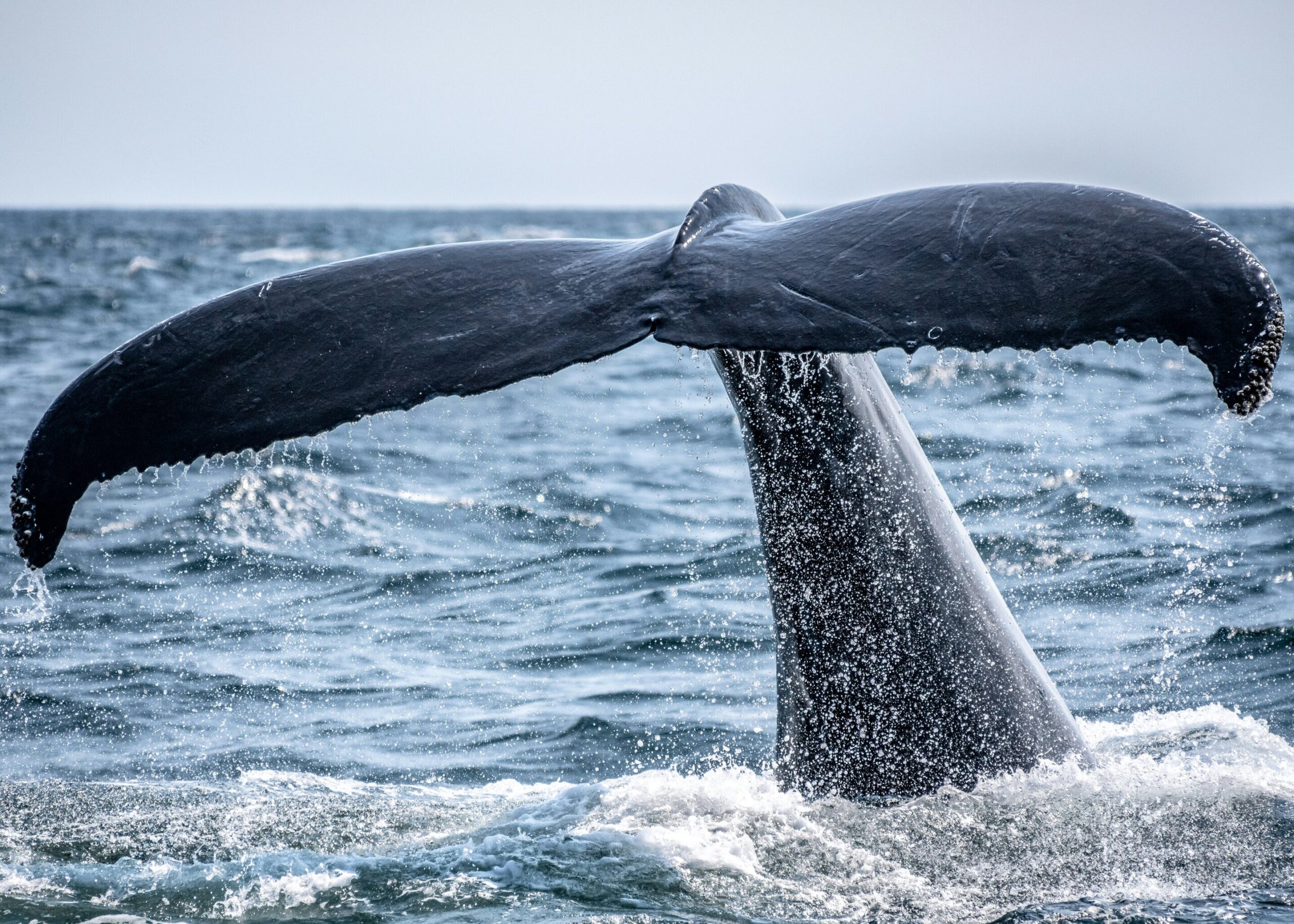Endangered Atlantic right whales are venturing to new areas, researchers have found in a recently released report, and many of those areas do not have speed limits on vessels.
The International Fund for Animal Welfare completed its survey in November to fill gaps in data about where whales were gathering, their habitats and what areas may need more protections. The North Atlantic right whale is a critically endangered species, with an estimated population of about 350, including fewer than 70 reproducing females. They migrate each year up and down the East Coast, including waters off Hampton Roads.
Just over 9,800 miles were surveyed for the report, including contributions from the National Oceanic and Atmospheric Administration and Duke University. During surveys, right whale groups were found about 25 times, or about 32 whales total, through sightings and the use of acoustic equipment.
The study found that right whales are venturing into areas associated with higher vessel speeds, and speed data for nearby vessels was also collected near whale sightings. Researchers found that vessels traveling at more than 20 knots, or about 23 mph, were “often encountered” in the mouth of the Chesapeake Bay.
“These whales are venturing into new regions, likely due to climate change and shifting prey patterns,” said Kathleen Collins, IFAW’s senior marine campaign manager. “This means they are moving into areas without existing protections, increasing their vulnerability to vessel strikes and entanglement.”
In April, a right whale was found dead offshore near Back Bay National Wildlife Refuge. The whale, identified as female #1950, was seen floating about 50 miles offshore from the refuge by a company conducting Mid-Atlantic whale surveys for the Navy. Whale #1950 was a recent mother, giving birth to her sixth calf last winter, and NOAA reports that her first sighting was in 1989. Her baby was not seen near her carcass.
NOAA also reports that ocean noise from human activities such as shipping, boating, construction and energy exploration and development has increased in the Northwest Atlantic. Noise from these activities can interrupt the normal behavior of right whales and interfere with their communication. It may also reduce their ability to detect and avoid predators and human hazards, identify their surroundings, find food and find mates.
“What we know is that every individual North Atlantic right whale matters. This research has given us a window into their world, revealing new insights into their movement patterns, health and the persistent threats they face,” Collins said.
“With our findings, we are advocating for stronger protections and innovative solutions to safeguard this iconic species before it’s too late.”
2024 The Virginian-Pilot. Distributed by Tribune Content Agency, LLC.
Citation:
Right whales are migrating in new areas, prompting need for better protections, report finds (2024, October 22)
retrieved 22 October 2024
from 4KY
This document is subject to copyright. Apart from any fair dealing for the purpose of private study or research, no
part may be reproduced without the written permission. The content is provided for information purposes only.
